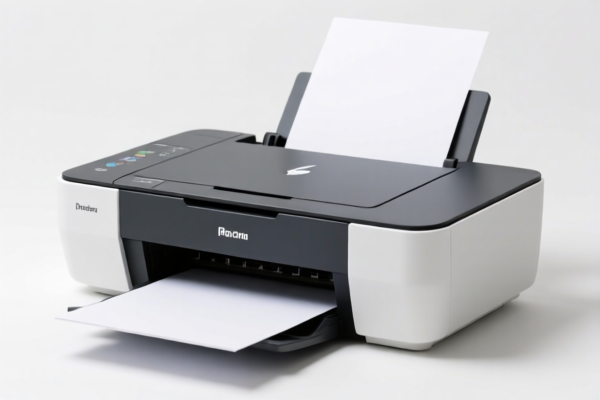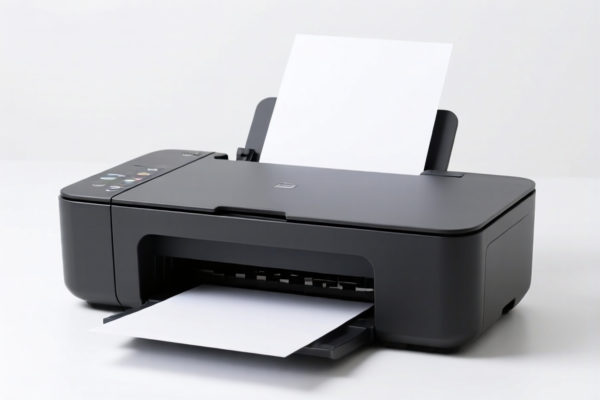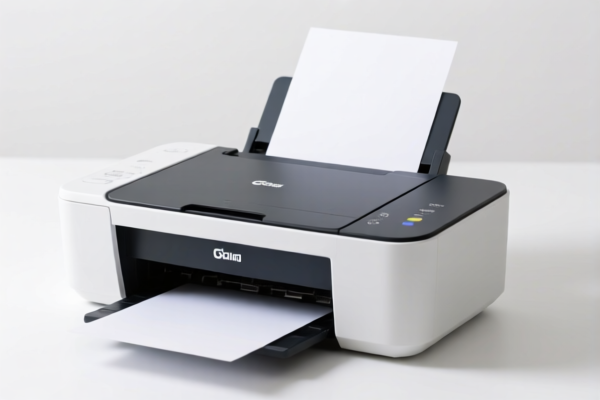| HS Code | Official Doc | Tariff Rate | Origin | Destination | Effective Date |
|---|---|---|---|---|---|
| 4802541000 | Doc | 55.0% | CN | US | 2025-05-12 |
| 4802691000 | Doc | 55.0% | CN | US | 2025-05-12 |
| 4805911090 | Doc | 55.0% | CN | US | 2025-05-12 |
| 4805915000 | Doc | 55.0% | CN | US | 2025-05-12 |
| 4911998000 | Doc | 37.5% | CN | US | 2025-05-12 |
| 4911996000 | Doc | 37.5% | CN | US | 2025-05-12 |
| 4901990091 | Doc | 37.5% | CN | US | 2025-05-12 |
| 4901990092 | Doc | 37.5% | CN | US | 2025-05-12 |




Printer paper refers to a type of paper designed for use in printers, typically in laser or inkjet printers. It is a commodity product widely used in homes, offices, and educational institutions for a variety of printing and writing tasks.
Material
The primary material is cellulose fiber, derived from wood pulp. Papers vary in the quality and processing of this pulp.
* Virgin Fiber: Made directly from wood pulp, offering higher brightness and smoothness. Often used for important documents and presentations.
* Recycled Fiber: Manufactured from recovered paper waste. Environmentally friendly, but may have slightly lower brightness and smoothness.
Brightness: Measured on a scale, typically 80-100. Higher numbers indicate a brighter, whiter paper. Common brightness levels are 92, 96, and 100.
* Weight:* Measured in pounds (lbs) or grams per square meter (gsm). Standard printer paper is typically 20lb (75gsm). Heavier weights are used for more durable applications.
Purpose
The main purpose is to provide a suitable surface for printing text and images using a printer. It is also used for photocopying, handwriting, and general writing purposes.
Function
Printer paper functions by accepting ink or toner from the printer and holding it securely. The paper's surface properties influence the quality of the print, including sharpness, color accuracy, and resistance to smudging. The paper's flatness and consistency are critical for smooth paper feed through the printer.
Usage Scenarios
- Home Use: Printing documents, letters, reports, homework assignments, and photos.
- Office Use: Printing memos, reports, presentations, invoices, and internal documents.
- Educational Institutions: Printing assignments, tests, handouts, and learning materials.
- Commercial Printing: Used as a base stock for various printed materials.
Common Types
- Standard Multipurpose Paper: The most common type, suitable for everyday printing and copying. Typically 20lb weight, 92-96 brightness.
- Laser Paper: Designed for laser printers, with higher heat resistance and smoother surface.
- Inkjet Paper: Optimized for inkjet printers, with faster drying times and better ink absorption.
- Photo Paper: Coated paper specifically designed for high-quality photo printing. Available in various finishes (glossy, matte, satin).
- Cardstock: Heavier weight paper used for business cards, invitations, and other durable applications.
- Colored Paper: Available in a variety of colors for highlighting, organizing, or creating visually appealing documents.
- Recycled Paper: Made from recycled content, offering an environmentally friendly option.
- Bond Paper: A durable, high-quality paper often used for legal documents and letterhead.
Printer paper typically refers to uncoated paper used for writing, printing, or graphic purposes. Based on this description, several HS codes may be applicable.
-
4802541000: This code covers uncoated paper and paperboard used for writing, printing, or graphic purposes, specifically paper weighing less than 40 g/m² in strips or rolls exceeding 15 cm in width, or in rectangular sheets with one side exceeding 36 cm and the other exceeding 15 cm. This includes writing paper.
- 48: Chapter 48 relates to paper or paperboard.
- 02: Heading 02 specifies uncoated paper and paperboard.
- 54: Subheading 54 further defines paper weighing less than 40 g/m² and its format (rolls or sheets with specific dimensions).
- 1000: This is the specific code for this particular type of paper.
-
4802691000: This code also covers uncoated paper and paperboard for writing, printing, or graphic purposes, but it applies to paper of which more than 10 percent by weight of the total fiber content consists of fibers obtained by a mechanical or chemi-mechanical process. It specifically refers to writing and cover paper.
- 48: Chapter 48 relates to paper or paperboard.
- 02: Heading 02 specifies uncoated paper and paperboard.
- 69: Subheading 69 further defines paper with more than 10% mechanical fibers.
- 1000: This is the specific code for this particular type of paper.
-
4805911090: This code covers other uncoated paper and paperboard in rolls or sheets, not further worked or processed, weighing 150 g/m² or less, specifically multi-ply paper and bibulous/wrapping paper.
- 48: Chapter 48 relates to paper or paperboard.
- 05: Heading 05 specifies other uncoated paper and paperboard.
- 91: Subheading 91 further defines paper weighing 150 g/m² or less.
- 1090: This is the specific code for this particular type of paper.
-
4805915000: This code covers other uncoated paper and paperboard in rolls or sheets, not further worked or processed, weighing 150 g/m² or less, specifically other paper weighing not over 15 g/m².
- 48: Chapter 48 relates to paper or paperboard.
- 05: Heading 05 specifies other uncoated paper and paperboard.
- 91: Subheading 91 further defines paper weighing 150 g/m² or less.
- 5000: This is the specific code for this particular type of paper.
Regarding these HS codes, please note that the total tax rate for 4802541000, 4802691000, and 4805911090/4805915000 is 55.0%, consisting of a 0.0% base tariff and a 25.0% additional tariff, increasing to 30% after April 2, 2025.
Customer Reviews
No reviews yet.